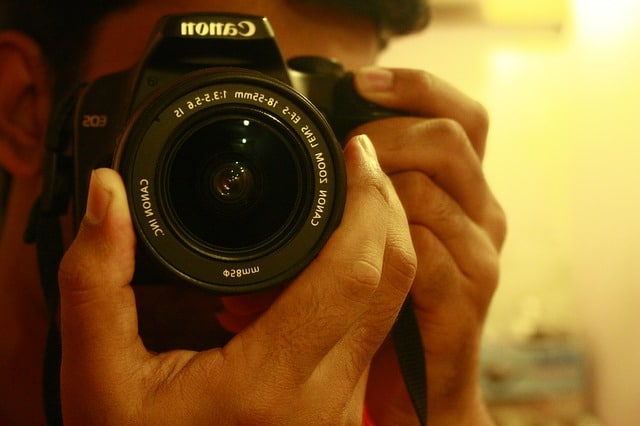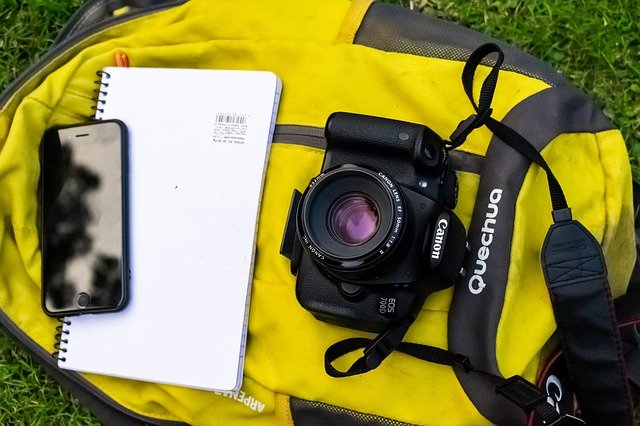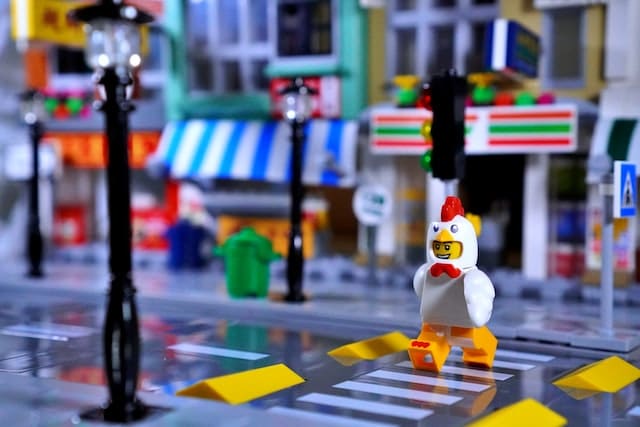When you want to elevate the emotional impact of your toy storytelling, three key edits can make all the difference. Adjusting color tones plays a vital role; warm hues can generate excitement, while cool tones can induce calmness. Enhancing the depth of field adds an intimate, cinematic quality by focusing on intricate details and isolating subjects. Finally, dramatic lighting techniques like single light sources, side lighting, and backlighting can create powerful shadows, contrasts, and silhouettes. How do these techniques transform a simple toy scene into an engrossing narrative? Let's explore each method in depth. These techniques transform a simple toy scene into an engrossing narrative by immersing the viewer in the world of the toys. Through the use of warm hues, depth of field, and dramatic lighting, storytelling with action figures can come to life in a way that captivates and engages the audience. These edits allow for a more dynamic and emotional representation of the toy characters, creating a sense of depth and realism in the storytelling with action figures.
Key Takeaways
- Adjust warm and cool tones to evoke appropriate emotions and enhance the storytelling atmosphere.
- Increase saturation selectively to make key elements pop and draw viewer attention.
- Utilize shallow depth of field to isolate subjects and create intimate, cinematic scenes.
- Employ dramatic lighting techniques like side or backlighting to add texture, mystery, and depth.
- Use reflectors and colored gels to manipulate light and cast mood-enhancing hues.
Adjusting Color Tones
Adjusting color tones can substantially enhance the visual appeal and emotional impact of your toy storytelling. By tweaking the hues and saturation, you can create a more vibrant and engaging scene that captivates your audience. Start by identifying the mood you want to convey. Warm tones like reds, oranges, and yellows can evoke feelings of excitement and warmth, while cool tones such as blues and greens can create a calming or mysterious atmosphere.
Use photo editing software to adjust the color balance and saturation. Increasing saturation can make colors pop, drawing more attention to your toys and making the scene more dynamic. Alternatively, desaturating colors can lend a more nostalgic or somber feel to your story. Selective color adjustments can target specific areas, further enhancing the narrative by making certain elements stand out.
Experiment with different filters to see how they alter the mood. For example, a sepia filter can give your scene a vintage look, while a high-contrast filter can make it more dramatic. Don't hesitate to play around; small adjustments can make a big difference. Always keep your story's theme in mind and let the colors enhance the narrative you're trying to build. This attention to detail will make your toy storytelling more compelling and visually striking
Enhancing Depth of Field
When you're aiming to elevate your toy storytelling, enhancing depth of field can add a professional touch that draws viewers into your scene. By manipulating the depth of field, you can direct attention to specific parts of your frame, making your toys the undeniable stars of the story. A shallow depth of field, where the subject is in sharp focus while the background blurs out, can create a sense of intimacy and highlight details that might otherwise go unnoticed. Using tools like the Canon EF 100mm f/2.8L IS USM Macro Lens can help you achieve stunning clarity and intricate details, enhancing your storytelling.
To achieve this, use a camera with manual settings to control the aperture. A wide aperture (small f-number) will give you that coveted shallow depth of field. Position your camera close to the toy and focus meticulously. This technique not only isolates your subject but also adds a cinematic quality to your shots. Depth of field can also be adjusted in post-production. Software like Adobe Photoshop or Lightroom allows you to add blur effects to the background, enhancing the focus on your main toy. This method is particularly useful if you didn't capture the perfect depth of field in-camera.
Incorporating these techniques will make your toy storytelling more compelling, drawing viewers deeper into the tiny worlds you create
Utilizing Dramatic Lighting
As dusk settles, harnessing the power of dramatic lighting can transform your toy scenes into mesmerizing visual stories. By strategically placing light sources, you can evoke powerful emotions and highlight the intricate details of your toys. Start by using a single light source, like a desk lamp or a flashlight, to create strong shadows and contrast. Position the light at different angles to find the most compelling setup. Side lighting can emphasize textures, while backlighting can create silhouettes that add mystery and depth. For even more control over your lighting, consider using LED lights, which are energy-efficient and produce minimal heat, allowing you to experiment longer without worrying about overheating your setup.
You don't need professional equipment to achieve stunning effects. Household items like aluminum foil or white paper can act as reflectors to bounce light and soften harsh shadows. Experiment with colored gels or even transparent LEGO pieces to cast vibrant hues that evoke different moods
At a Glance
By tweaking color tones, enhancing depth of field, and utilizing dramatic lighting, you can transform your toy storytelling into a deeply emotional experience. Warm and cool tones set the mood, while a refined depth of field adds intimacy and focus. Dramatic lighting, with its powerful shadows and contrasts, brings texture and emotion to life. With these three essential edits, your toy narratives will captivate and resonate more profoundly with your audience.





